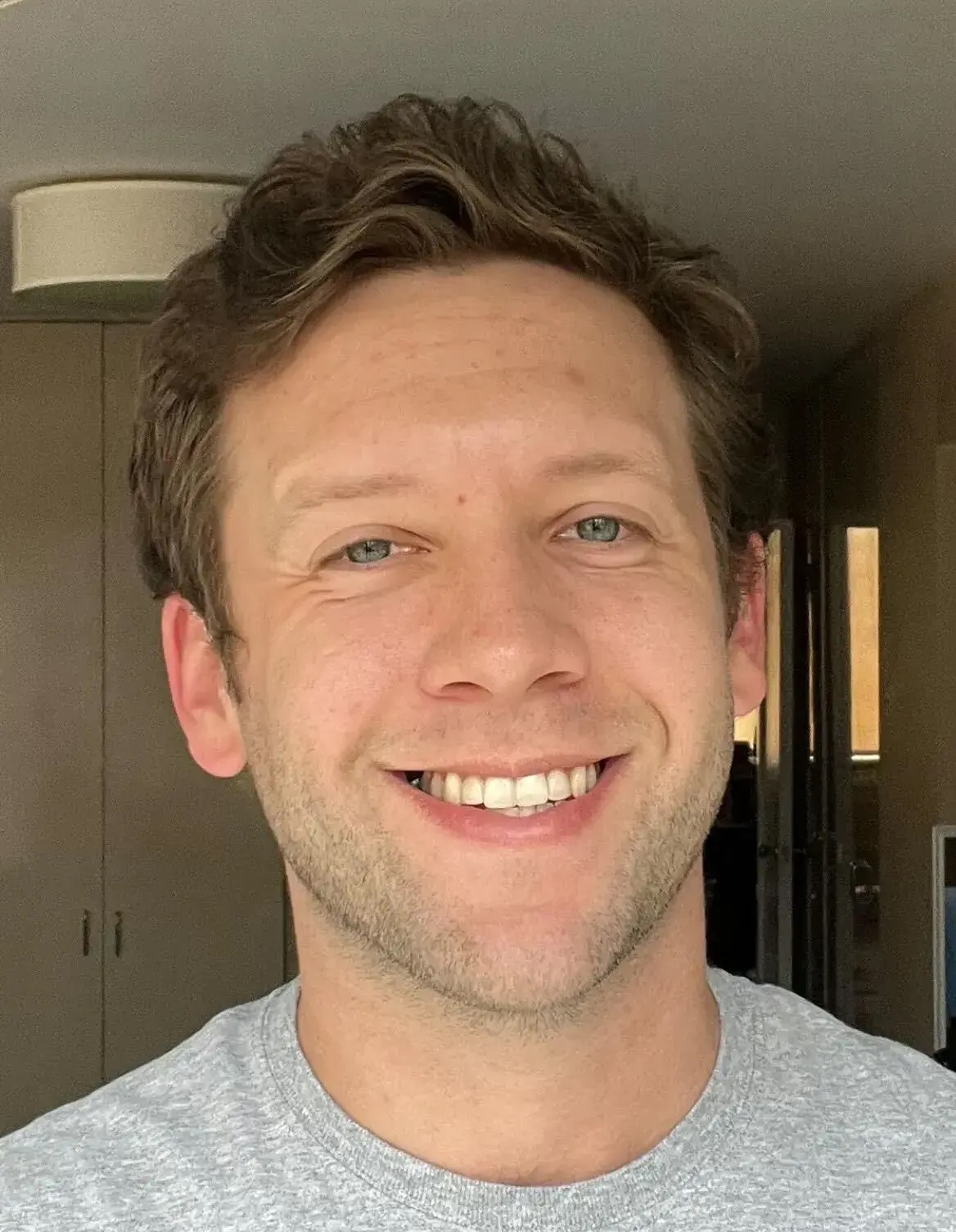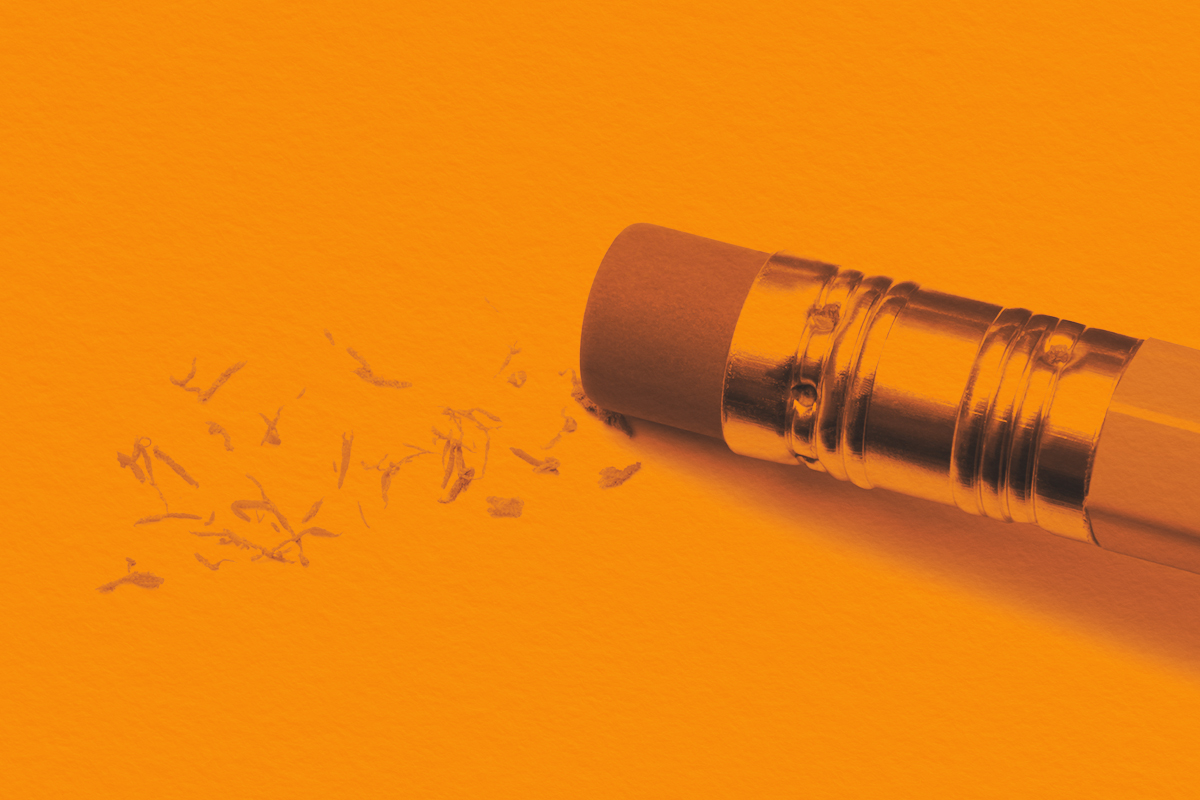
Everything’s bigger in Texas, including the lexicon, as evidenced by the extensive list of local sayings and idioms used throughout the Lone Star State. These turns of phrase make it easy to spot a Texan from a mile away (though the ten-gallon hats and spurred cowboy boots certainly help as well). There are classic expressions, such as “howdy” and “y’all,” as well as some phrases you may not be familiar with unless you’re from Texas. Let’s look at some of the distinctive phrases that are particularly common among Texans.
“Fixin’ to” is the unofficial state verb of Texas. It’s used in a situation where you’re about to do something, but aren’t quite ready just yet. You might say, for example, “I’m fixin’ to go buy groceries,” which more or less means, “I’m planning to go buy groceries.” If someone says they’re “fixin’ to” do something, then it’s on their mind and likely to occur in the near future.
When you order a “Coke” in Texas, someone might ask you what kind. This may be confusing to non-Texans, as they probably just wanted a Coca-Cola. But “Coke,” like “soda” and “pop,” is a regionalism; Texans use the word to refer to any type of fizzy soft drink. So, if you want a Sprite, you may start by ordering a “Coke,” and then clarifying that you want a Sprite.
While a lot of slang words help to shorten sentences, sometimes Texans add words that make common phrases longer. This is the case with “might could,” which is a particularly popular Texan saying. While in most parts of the country you’d say, “I could take care of that,” in Texas you’d say, “I might could take care of that.” At the end of the day, these two sentences mean the exact same thing, but Texans like adding a little extra “might” in there.
Have you ever heard the phrase “all bark and no bite”? Well, in Texas — where there’s quite a lot of cattle — you’re far more likely to hear “all hat and no cattle.” Both idioms mean that someone is all talk and no action.
The phrase “bless your heart” can be received one of two ways in Texas. Sometimes it’s sincere and sympathetic, but more often than not it’s delivered in a condescending tone. Deciphering the meaning all comes down to context. Someone who tells you, “Bless your heart,” may actually feel sorry for you, or they may be judging you while maintaining a superficial perception of being nice.
People in Texas don’t just think — they “reckon.” This classic Texan slang is used in a variety of ways, such as for making a prediction or guess, or expressing a strongly held belief. For instance, someone might say, “I reckon that it’ll rain later,” or, “I reckon it’ll take a few hours to fix the car,” or even, “I reckon that BBQ is my favorite type of food.”
If someone says a person or animal “wouldn’t bite a biscuit,” it means they’re a kind and harmless creature. The implication here is that Texans love their biscuits with a passion, so anyone or anything that wouldn’t bite into such a tasty treat is viewed as pretty mild.
Last but not least, if you’re trying to convey something to an extreme degree in Texas, you may use the saying “all git-out.” This adverbial phrase is usually tacked onto the end of sentences in tandem with an adjective, as in, “The sun is as hot as all git-out,” or, “This brisket is as tasty as all git-out.” In any instance, it essentially means something is true to the maximum degree possible.














































